Peach is a color that is named for the pale color of the interior flesh of the peach fruit. This name may also be substituted for "peachy." Like the color apricot, the color peach is paler than most actual peach fruits and seems to have been formulated primarily to create a pastel palette of colors for interior design.

Silver or metallic gray is a color tone resembling gray that is a representation of the color of polished silver.

Lavender is a light shade of purple. It applies particularly to the color of the flower of the same name. The web color called lavender is displayed at right—it matches the color of the very palest part of the lavender flower; however, the more saturated color shown below as floral lavender more closely matches the average color of the lavender flower as shown in the picture and is the tone of lavender historically and traditionally considered lavender by the average person as opposed to those who are website designers. The color lavender might be described as a medium purple or a light pinkish-purple. The term lavender may be used in general to apply to a wide range of pale, light or grayish-purples but only on the blue side. Lilac is pale purple on the pink side. In paints, the color lavender is made by mixing purple and white paint.
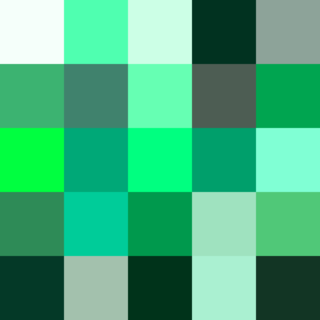
Spring green is a color that was traditionally considered to be on the yellow side of green, but in modern computer systems based on the RGB color model is halfway between cyan and green on the color wheel.

Mustard is a dull/dark yellow color that resembles culinary mustard. It is similar to the color Flax.
Taupe is a dark gray-brown color. The word derives from the French noun taupe meaning "mole". The name originally referred only to the average color of the French mole, but beginning in the 1940s, its usage expanded to encompass a wider range of shades.
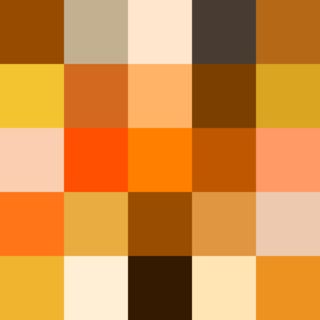
In optics, orange has a wavelength between approximately 585 and 620 nm and a hue of 30° in HSV color space. In the RGB color space it is a secondary color numerically halfway between gamma-compressed red and yellow, as can be seen in the RGB color wheel. The complementary color of orange is azure. Orange pigments are largely in the ochre or cadmium families, and absorb mostly blue light.

Varieties of the color green may differ in hue, chroma or lightness, or in two or three of these qualities. Variations in value are also called tints and shades, a tint being a green or other hue mixed with white, a shade being mixed with black. A large selection of these various colors is shown below.

Ruby is a color that is a representation of the color of the cut and polished ruby gemstone and is a shade of red or pink.

Varieties of the color red may differ in hue, chroma or lightness, or in two or three of these qualities. Variations in value are also called tints and shades, a tint being a red or other hue mixed with white, a shade being mixed with black. A large selection of these various colors is shown below.
Tuscan red is a shade of red that was used on the passenger cars of the Pennsylvania Railroad, as well as on the PRR TrucTrailers. It also was used extensively by the New South Wales Government Railways in Australia, in a similar fashion to the PRR. The Canadian Pacific Railway used it historically and painted its luxury revival cars in this color. It is also a Prismacolor colored pencil.
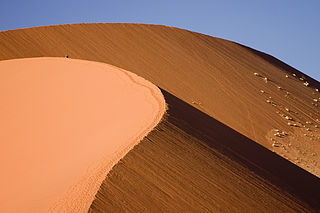
Desert sand is a very light and very weakly saturated reddish yellow colour which corresponds specifically to the coloration of sand. It may also be regarded as a deep tone of beige.
Blue-gray or blue-grey is a medium bluish-gray color. Another name for this color is livid; this color name comes from the Latin color term lividus meaning "'a dull leaden-blue color', and also used to describe the color of contused flesh, leading to the English expression 'black and blue'".
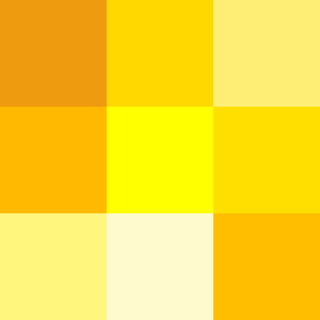
Varieties of the color yellow may differ in hue, chroma or lightness, or in two or three of these qualities. Variations in value are also called tints and shades, a tint being a yellow or other hue mixed with white, a shade being mixed with black. A large selection of these various colors is shown below.

Varieties of the color blue may differ in hue, chroma, or lightness, or in two or three of these qualities. Variations in value are also called tints and shades, a tint being a blue or other hue mixed with white, a shade being mixed with black. A large selection of these colors is shown below.

Shades of white are colors that differ only slightly from pure white. Variations of white include what are commonly termed off-white colors, which may be considered part of a neutral color scheme.

The color cyan, a greenish-blue, has notable tints and shades. It is one of the subtractive primary colors along with magenta, and yellow.
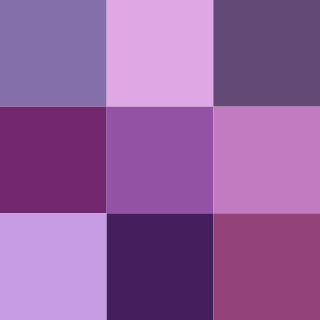
There are numerous variations of the color purple, a sampling of which are shown below.
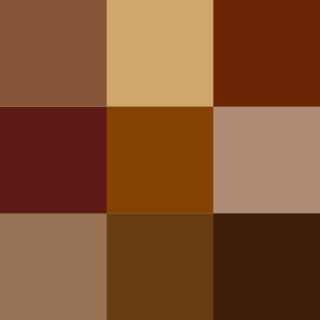
Shades of brown can be produced by combining red, yellow, and black pigments, or by a combination of orange and black—as can be seen in the color box at right. In the RGB color model used to create all the colors on computer and television screens, brown is made by combining red and green light at different intensities. Brown color names are often not very precise, and some shades, such as beige, can refer to lighter shades of yellow and red rather than darker ones. The commonality is that such colors are less saturated than colors perceived to be orange. Browns are usually described as light or dark, reddish, yellowish, or gray-brown. There are no standardized names for shades of brown; the same shade may have different names on different color lists, and sometimes the one name can refer to several very different colors. The X11 color list of web colors lists seventeen different shades of brown, but the complete list of browns is much longer.

Rose is the color halfway between red and magenta on the HSV color wheel, also known as the RGB color wheel, on which it is at hue angle of 330 degrees.






